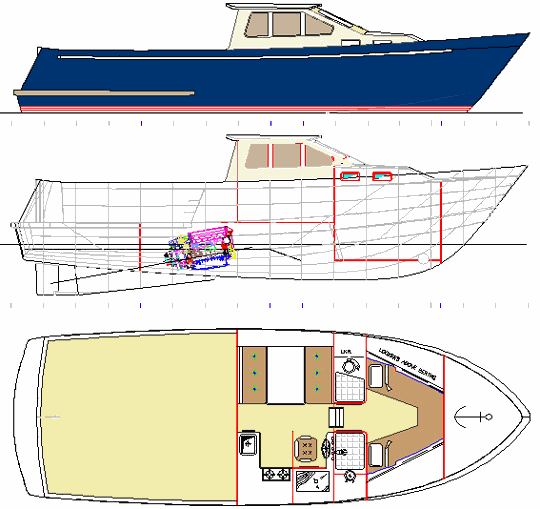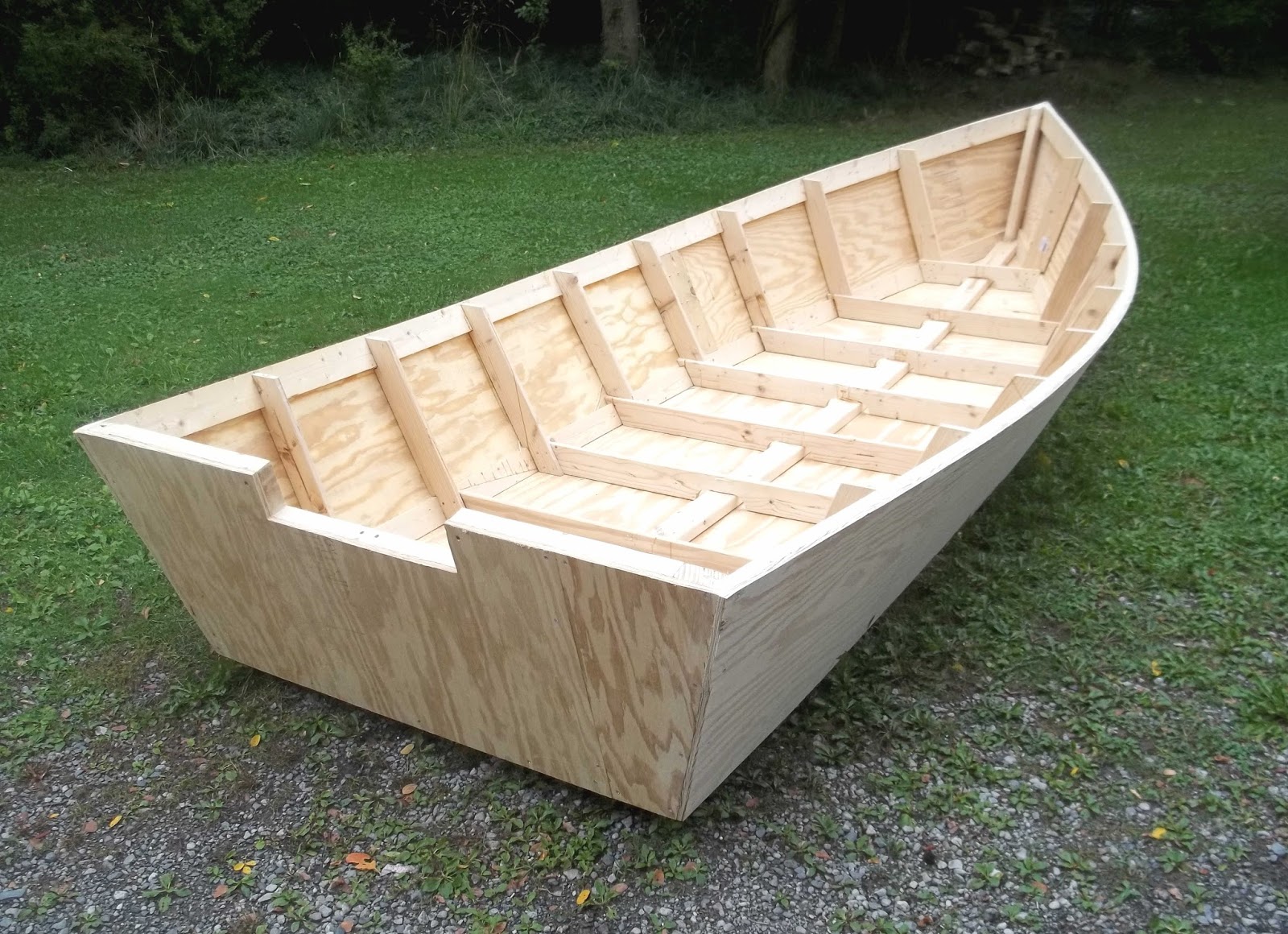
Beyond the Blueprint: Unveiling Hidden Secrets in Power Boat Plans
Building your own powerboat is a dream for many â€" a testament to craftsmanship and a source of immense pride. But beyond the readily available plans, lies a wealth of often-overlooked knowledge that can drastically improve your boat’s durability, stability, and overall performance. This article delves into those often-missed details, offering fresh perspectives for both seasoned builders and enthusiastic novices.
The Unsung Heroes: Material Selection and its Impact on Longevity
Most plans focus on the *what* of construction, but rarely explore the *why* behind material choices deeply enough. Let's address some crucial questions.
Q: Beyond the standard marine plywood, what innovative materials offer superior durability and are cost-effective?
A: While marine-grade plywood remains a reliable staple, exploring alternative composite materials could significantly enhance your build. Consider using structural foam cores sandwiched between fiberglass layers. This approach, often employed in high-performance boats, drastically reduces weight while boosting strength and stiffness. Recent research from the National Renewable Energy Laboratory (https://www.nrel.gov/) highlights the advancements in bio-based composites, offering eco-friendly and potentially cost-competitive options. These need further research for marine applications though.
Q: How can I account for material degradation and plan for long-term maintenance?
A: Don’t just build it; design for maintenance. Incorporate access panels for easy inspection of critical areas like stringers and bulkheads. Choose materials with known degradation rates and factor this into your lifespan projections. For example, understanding how UV exposure affects fiberglass gelcoat can help you plan for timely repairs or protective coatings. A comprehensive maintenance schedule, part of the overall plan, will prolong the vessel's life considerably.
Stability Beyond the Numbers: Understanding Dynamic Equilibrium
Static stability (what you see in the plans) is only part of the equation. Dynamic stabilityâ€"how the boat reacts to waves and changes in speedâ€"is often underestimated.
Q: How can I improve my boat's dynamic stability without significantly altering the original plans?
A: Consider adding carefully positioned bilge keels. These small, longitudinal keels extend from the bottom of the hull, significantly improving directional stability and reducing rolling in rough seas. Their implementation can be planned during the build with minor adjustments to the hull design. Furthermore, optimizing the placement and size of ballast tanks can dramatically impact dynamic stability. Computer modeling software (many free and commercial options available) can assist in optimizing this crucial aspect.
Real-World Lessons: Learning from Others' Mistakes
Let's learn from the experiences of others. One seasoned boat builder I spoke with, experienced the catastrophic failure of his transom due to inadequate reinforcement around the outboard motor mount. This wasn't accounted for in his original plans.
Key takeaway:
Always over-engineer critical areas like the transom, motor mounts, and keel joints. The extra effort upfront prevents costly repairs or even catastrophic failure down the line. Consult with experienced builders and participate in online forums to glean insights from others' successes and failures.
Conclusion: Beyond the Plans, Lies the Mastery
Power boat plans provide a foundation, but true mastery lies in understanding the nuances of material science, dynamic stability, and the long-term implications of your design choices. By approaching your build with a keen eye for detail, a willingness to learn and adapt, and a proactive maintenance plan, you can craft a durable and stable watercraft that will provide years of enjoyment. Remember, the best boat is the one that is built to last.






